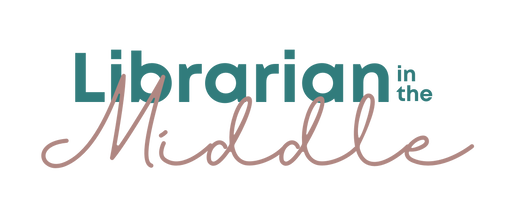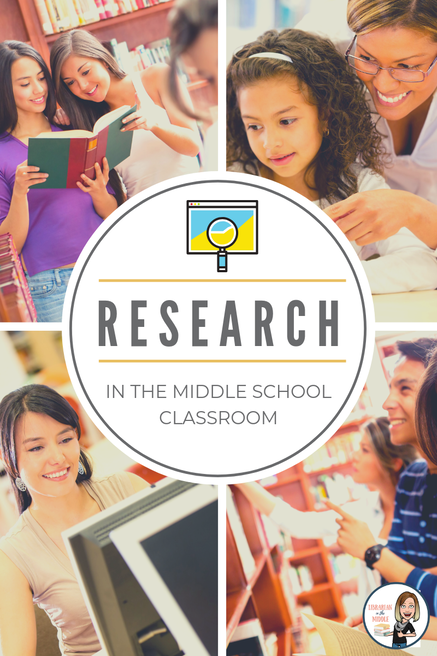Teaching Research in the Middle School ClassroomAs a librarian, my goal for my students is to help them become effective and efficient researchers. I often tell them, most students don't like research and that is okay. But, it is a life skill that they will be able to apply in a wide range of situations from buying a car to finding the best place to go on vacation. While my opinion of teaching research in middle school is much different from that of many students, I take my goal very seriously to make them better at it, because like anything else, practice makes perfect. Here are some ways you can improve the research experience for your students, with three simple shifts in how you approach research instruction. PersonalizePersonalized learning is all the rage now with increased access to technology for many of our students, but it is more than a buzz word. Teaching research in middle school, students need the opportunity to explore and examine topics with which they can connect. This is illustrated in application of the third space. The third space occurs when a students own world experience overlaps with that of the curriculum (Maniotes, 2005). If students are not living and working in the third space, then we as educators are missing out on deeper learning for our students. How do you do that? Make it personal. Giving students time to explore topics around a concept prior to asking them to even pick a focus, gives them the chance to select something of personal value. This also helps them build a bridge between their interests and the area of focus, accessing their third space. Exploring options allows students to develop a stronger interest in their work. GuideA sure way to guarantee disinterest in research is to assign topics or concepts. Instead of giving a topic or list of options, which takes away choice, take the time to guide students through the steps to select a an appropriate topic after they have explored the concept. Devoting time at the start of your research to be the guide your students need helps ensure that later on in the process the don't feel frustrated or defeated by a topic they had no say in selecting. You can explore the Guided Inquiry Design research model by Kuhlthau, Maniotes and Caspari to explore some of the feelings associated with the research process in their Information Search Process (2012.) Guiding goes beyond setting students up for a successful choice, it also helps students take ownership for their own learning. As a guide, you are providing the necessary scaffolding to lead them to discovery instead of just giving them a topic, questions, and sources. Process Over ProductSometimes learning and understanding the process is more valuable than the product. This is not meant to diminish the value of selecting a format for publishing work, or knowing how to create for a specific audience. But, focusing on a massive end product can lead to stressed students who care more about the colors of a PPT slide than the actual content they are synthesizing. There are times when the notes sheet can be the product, allowing the focus to remain on the steps students are taking to gather information and analyze sources. This also removes some of the stress which can be associated with big research projects. If you are teaching research in your classroom and need a good note taking sheet which can also double as a product, give this resource a try. This editable digital handout can double as a final product because, not only does it feature a place for generating research questions and note taking, but it also has a component for summarizing notes into paragraph format. This promotes synthesis and evaluation of the information gathered, taking the work beyond basic regurgitation of facts. Use personalization, guidance and process over product to create a unique and engaging research experience for your students! Works Referenced
Maniotes, L. (2005). “The Transformative Power of Literary Third Space.” Ph.D. dissertation, School of Education, University of Colorado, Boulder. (Access Link) Kuhlthau, Carol, Leslie Maniotes and Ann Caspari. Guided Inquiry Design: A Framework for Inquiry in your School, Libraries Unlimited, 2012. Comments are closed.
|
authorHi! I'm Sarah, a school librarian and former middle school English teacher. I empower school librarians to use branding and marketing skills in order to build culture, get visible and advocate for their library. Archives
February 2023
Categories
All
|






 RSS Feed
RSS Feed